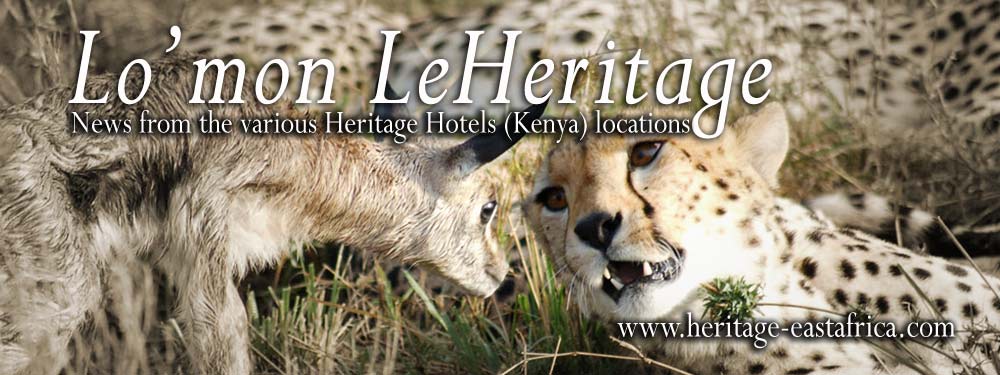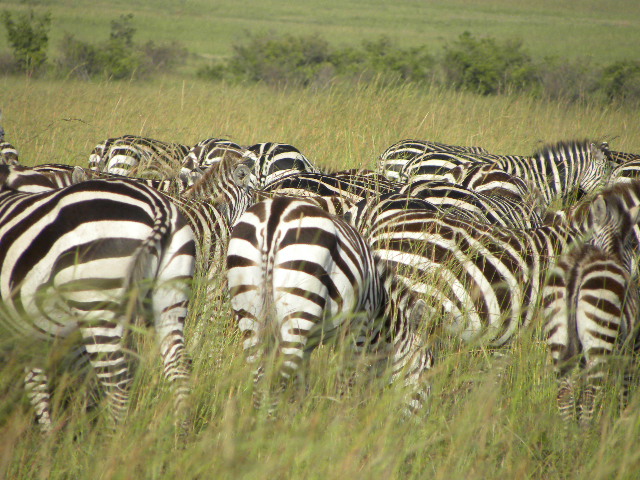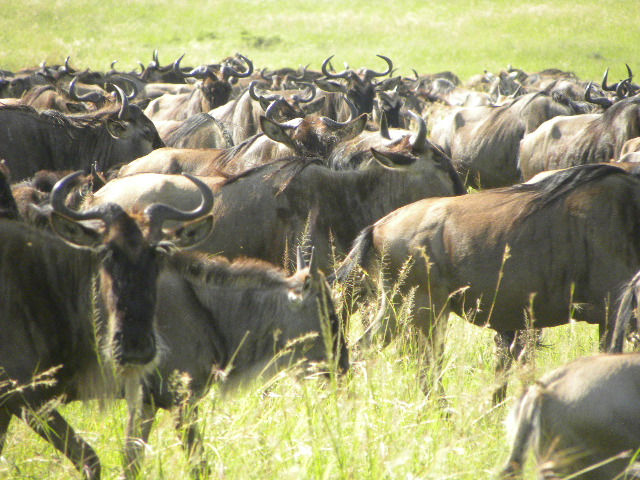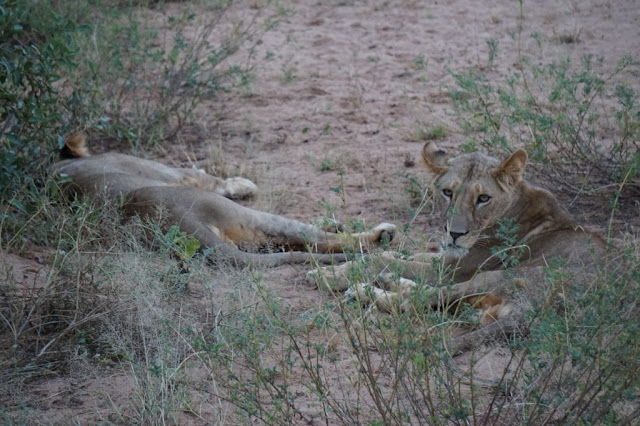Weather:
It’s been warm
the last two weeks with amazing sunrise and sunset. The rains have stopped and
the rivers have subsided opening the crossing points for game drives. The grass
remains tall after the long rains. However it is shorter on the eastern and
northern parts of the camps.
Temperatures:
150c morning
290c at midday
180c after sunset
Game drives:
Great over
the last two weeks with plenty of plains game around the camps. The annual
migration of the million-plus wildebeest and zebra is expected soon. Some were
seen crossing Sand River recently.
Plenty of
Maasai giraffes, topis, impalas, warthogs and waterbucks around the Camps. Elephants
are grazing on the lush soft grass minimizing the damage to trees.
Large herds
of buffalo are at the Topi plains with calves. The hyenas have been preying on
them. The grass is also much shorter on the eastern side of the camp and some
herds of wildebeest and zebra from the Loita plains have been streaming in.
Birds seen: Secretary
birds, ostriches, southern ground hornbills, Egyptian geese, egrets, starlings,
lilac breasted rollers, vultures and the resident marabou storks.
PREDATORS
Lions
Ridge Pride
Lipstick and
Blackie – the two black-manned lions, four lionesses and four cubs are still near
the Mara Intrepids/Mara Explorer camps. They have been hunting topis at the
Topi Plains.
Recently the
pride was seen heading towards Bila Shaka’s territory in search of prey. This
is the Marsh pride’s territory.
Lipstick has
been limping after he was beaten by his brother when they fought over Long
Neck, the lionesses. Blackie seems to have won and he has been courting Long Neck
who has been playing hard to get but hopefully she will give in - soon.
Paradise Pride
The three
lionesses with six cubs were seen near the Mara River, west of the Mara Intrepids.
The four musketeers from the Marsh pride seem to have moved to this area. They
have been crossing back and forth across the Mara River.
Olkeju Ronkai Pride
Despite the
tall grass in the south the three lionesses and five cubs are still there. The
cubs are nursing. The pride has had two males but one of the males seems to
have disappeared as he has not been seen in the last one month. It’s speculated
that he might have been involved in a fight with rival males and killed. It is
still too early to comment as lions are known to disappear and appear. It’s a
risky situation as the Mara prides have two to five males at a time. A new male taking over a pride kills any cubs
to ensure that only his cubs survive.
Olkiombo Pride
Elusive, the
Olkiombo lions were seen crossing the Talek River, east of the Mara Intrepids/Mara
Explorer camps.
Leopards
Our resident
leopard Bahati has been seen around the Mara Intrepids/Mara Explorer camps and
along Olare Orok River.
The
Double-Cross female seems to have left her two cubs. The cubs have been trying
to hunt Thomson gazelles and warthogs. Recently, they killed a domestic dog and
dragged it up a tree but the female dropped the dog accidently. The hyenas did
not waste time stealing it.
Cheetahs
Malaika has
finally said goodbye to her two cubs. She has been a great mother to them and
we have enjoyed watching her with the cubs, teaching them to hunt gazelle and
Impala.
Of the six
cubs she had, it’s only these two that survived and were seen with full bellies
near Mara Intrepids/Mara Explorer camps.
Cheetahs
have a high mortality rate and usually only one survives into adulthood as did Bawa,
Malaika’s son. Recently one cub was killed by hyenas and another taken by a
crocodile as they tried to cross the torrential Talek River.
Malaika is
pregnant again and was seen near the Mara River. We hope to see her new cubs
soon.
Report and pictures by
Joseph
Kang’ethe - Driver Guide, Mara Intrepids Camp, Masai Mara.




















































